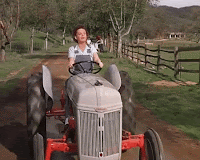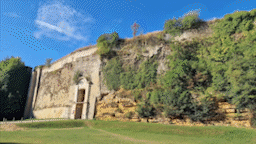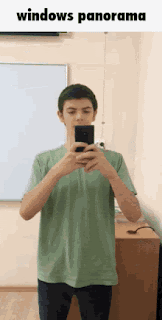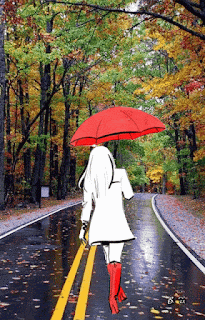King Kong is a giant movie monster, resembling a colossal gorilla, that has appeared in various media since 1933. The character first appeared in the 1933 film King Kong, which received universal acclaim upon its initial release and re-releases. The film was remade in 1976 and once again in 2005. The character has become one of the world's most famous movie icons, having inspired countless sequels, remakes, spin-offs, imitators, parodies, cartoons, books, comics, video games, theme park rides, and even a stage play. His role in the different narratives varies, ranging from a rampaging monster to a tragic antihero.
While one of the most famous movie icons in history, King Kong's intellectual property status has been questioned since his creation, featuring in numerous allegations and court battles. The rights to the character have always been split up with no single exclusive rights holder. Different parties have also contested that various aspects are public domain material and therefore ineligible for trademark or copyright status.










.gif)






































